Comprehensive Tools and Approaches for Respiratory Muscle Training #
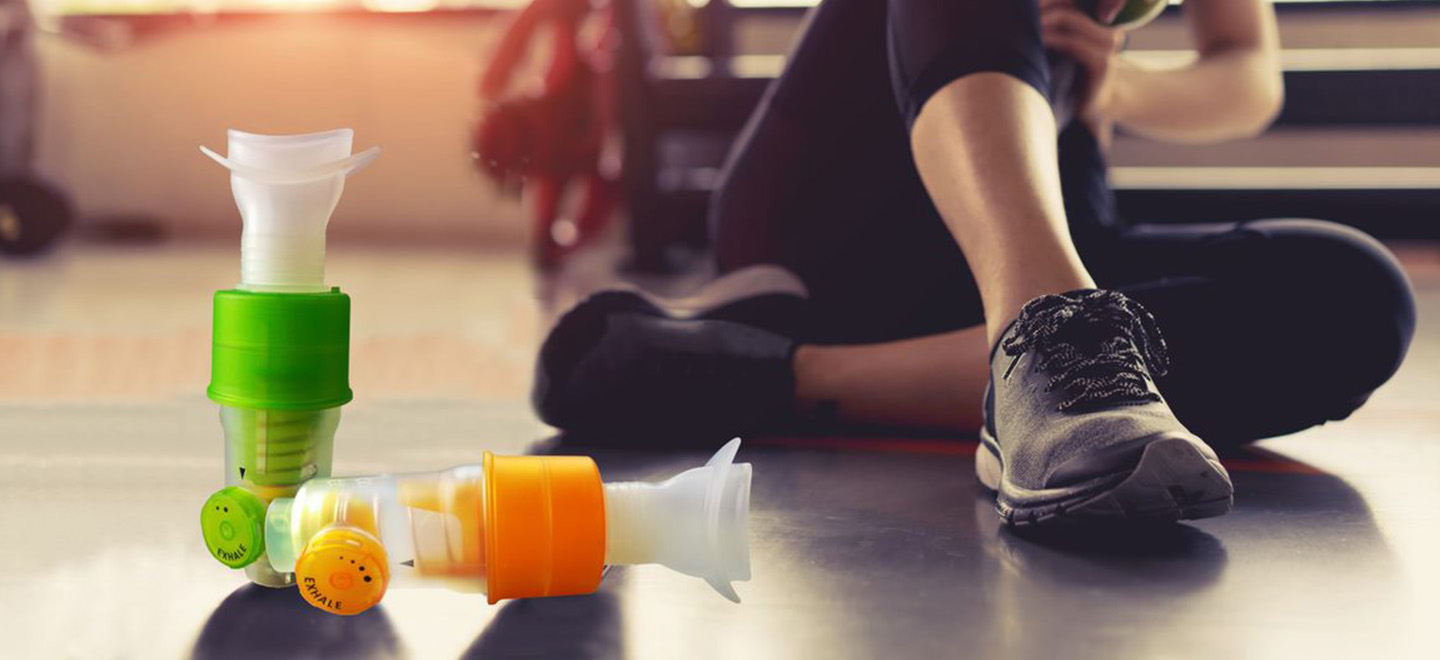
Pulmonary rehabilitation utilizes specialized products and techniques to improve the function of respiratory muscles through targeted exercises. These interventions can focus on inspiratory muscles, expiratory muscles, or both, and are commonly recommended for individuals with asthma, bronchitis, emphysema, COPD, or those recovering from surgery. Additionally, some athletes incorporate respiratory muscle training into their routines to enhance performance.
Evidence-Based Benefits #
A prospective randomized trial by Liaw et al. (Medicine, 2020) investigated respiratory muscle training (RMT) in stroke patients with respiratory muscle weakness, dysphagia, and dysarthria. The study found significant improvements in maximum inspiratory pressure (MIP), forced vital capacity (FVC), and forced expiratory volume in one second (FEV1) among participants. Acoustic analysis revealed notable changes in fatigue, shimmer percent, amplitude perturbation quotient, and voice turbulence index (VTI) in the RMT group. Negative correlations were observed between the FEV1/FVC ratio and several acoustic parameters, as well as between maximum mid-expiratory flow (MMEF) and VTI. Functional improvements were also seen in Brunnstrom stage, Barthel scale, and FOIS scores. The study concluded that a 6-week combined inspiratory and expiratory RMT regimen is feasible as an adjunct therapy for stroke patients, improving fatigue, respiratory muscle strength, lung volume, respiratory flow, and dysarthria.
Key Devices and Their Applications #
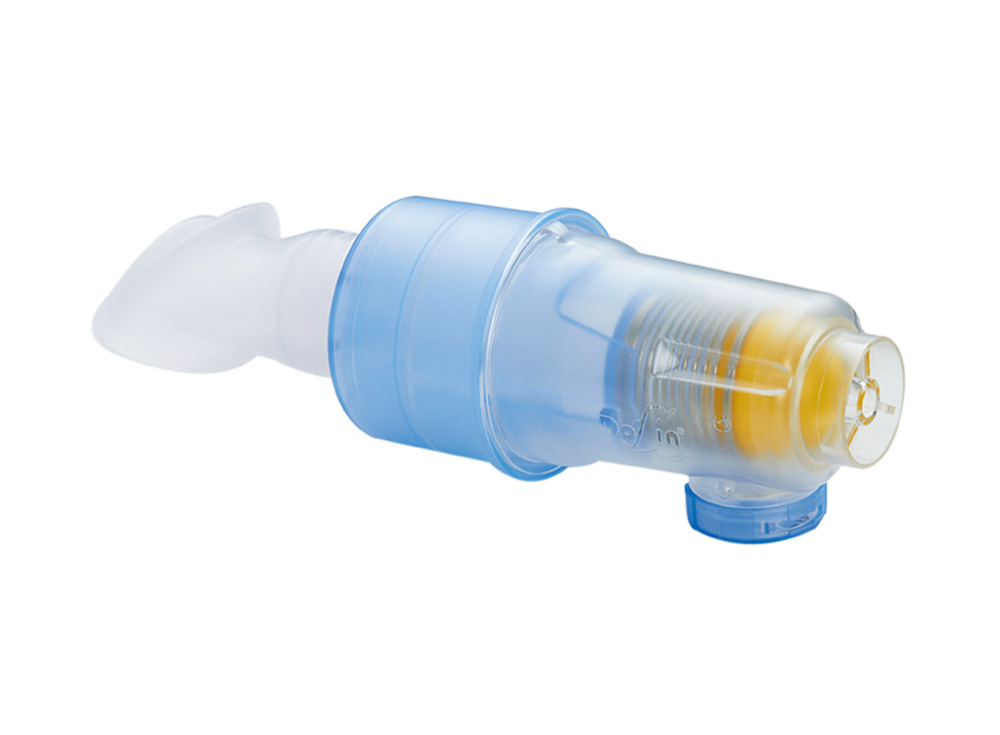 Bravo™ Breathing Strength Builder
Bravo™ Breathing Strength Builder
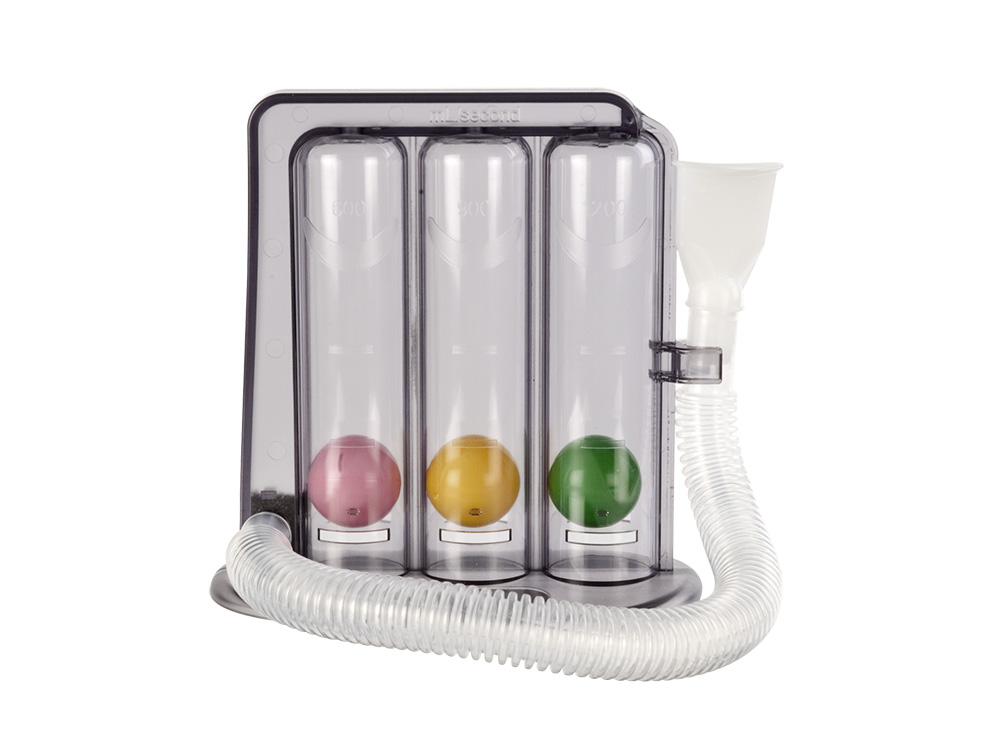 Tri-ball Incentive Spirometer
Tri-ball Incentive Spirometer
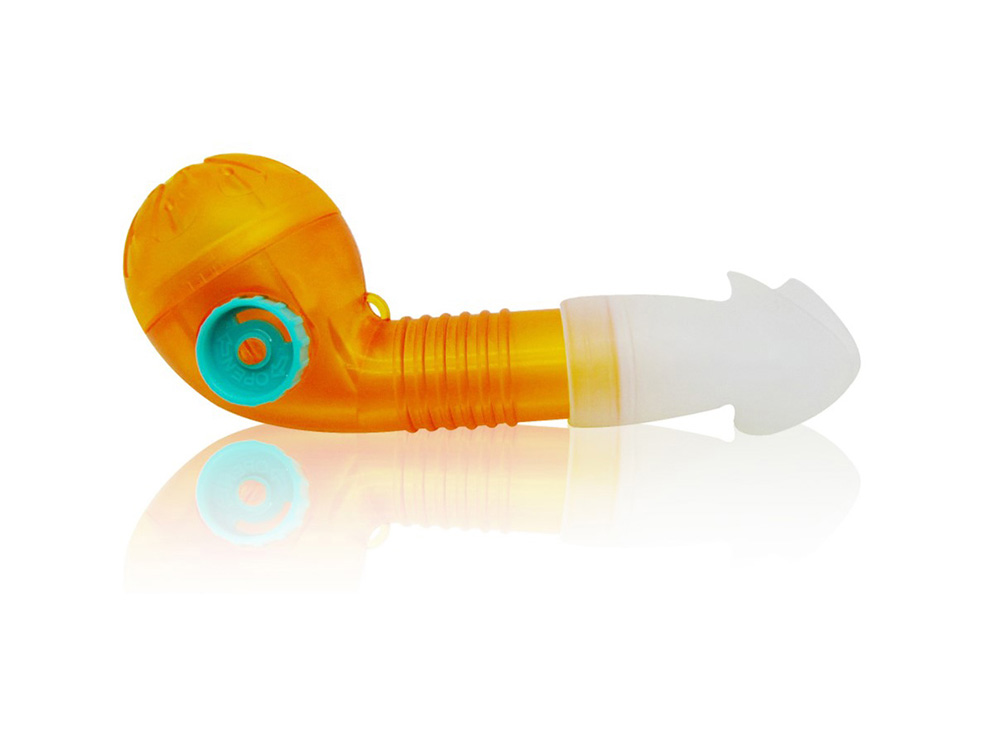 Expiratory Muscle Trainer
Expiratory Muscle Trainer
 GiO™ Digital Pressure Gauge
GiO™ Digital Pressure Gauge
 Peak Expiratory Flow Meter
Peak Expiratory Flow Meter
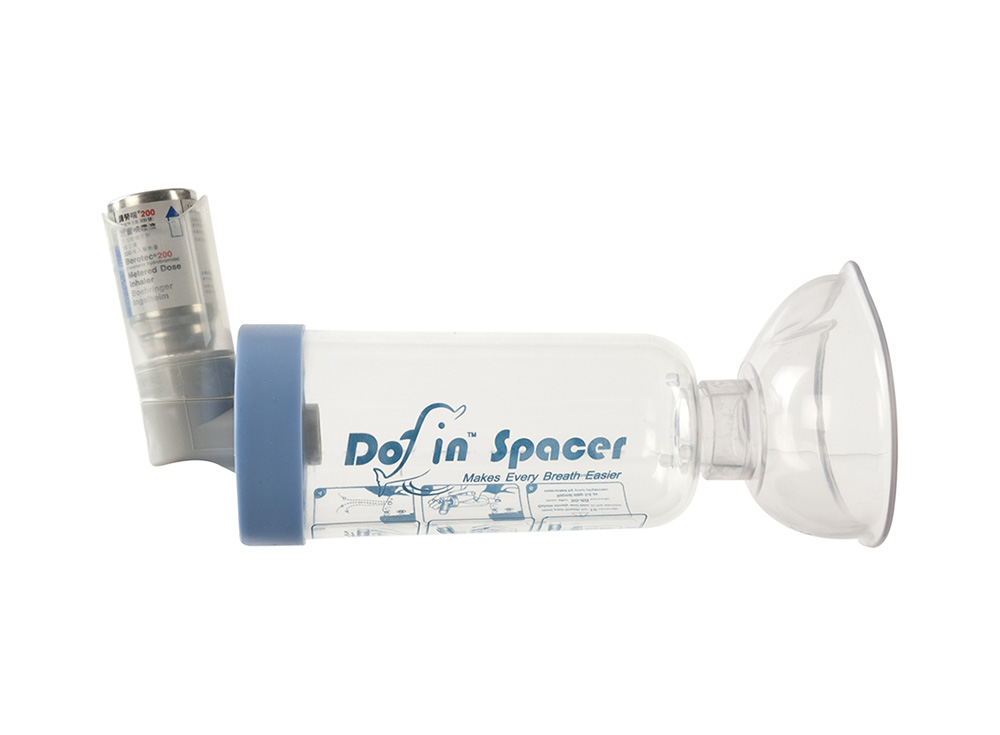 Dofin™ Spacer
Dofin™ Spacer
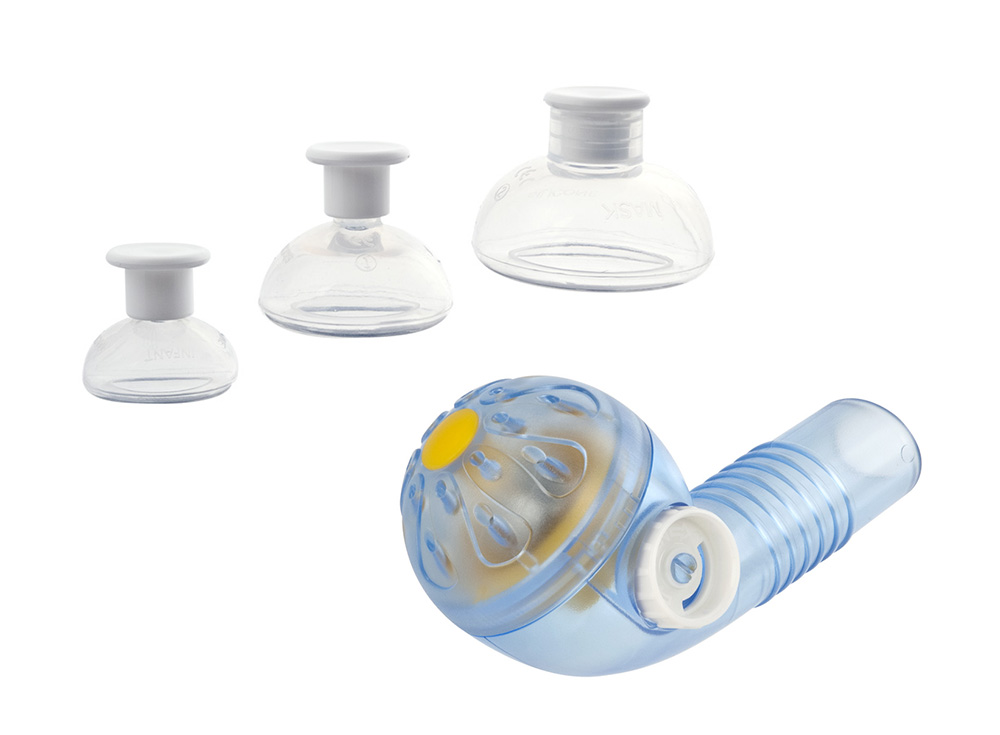 ECHO Percussor and Manual Percussor
ECHO Percussor and Manual Percussor
Device Overviews #
Respiratory Muscle Strength Trainer #
Training both inspiratory and expiratory muscles can enhance exercise endurance and performance, especially in prolonged sports activities. The Bravo™ Breathing Strength Builder is a compact device designed for comprehensive respiratory muscle training. It operates on a pressure resistance mechanism, similar to how a dumbbell works for skeletal muscles.
Inspiratory Muscle Trainer #
Flow-based incentive spirometry encourages patients to take deep breaths, helping to prevent lung atelectasis. The Tri-ball Incentive Spirometer provides visual feedback when a target lung volume is achieved during inspiration.
Expiratory Muscle Trainer #
The Expiratory Muscle Trainer prompts users to exhale forcefully to lift a training indicator, supporting the development and management of expiratory muscle strength.
Pressure Gauge #
Measuring maximum expiratory pressure (MEP) and maximum inspiratory pressure (MIP) with a device like the GiO™ Digital Pressure Gauge allows for assessment and monitoring of respiratory muscle strength.
Peak Expiratory Flow Meter #
The Peak Expiratory Flow Meter records peak expiratory flow (PEF) before and after medication in asthma patients. It features visual indicators, a slider, marker, and record graphs for easy tracking, and is lightweight for portability.
MDI Spacer #
Metered Dose Inhalers (MDIs) are widely used for aerosol therapy in respiratory conditions. However, proper coordination between actuation and inhalation is often challenging. The Dofin™ Spacer helps patients inhale medication more effectively, reducing side effects and optimizing drug delivery to the lungs.
Percussion Devices #
Percussion involves applying mechanical energy to the chest wall, either manually or with devices, to aid secretion clearance from the tracheobronchial tree. While its effectiveness as an adjunct to postural drainage is debated due to variability in practice, devices like the ECHO Percussor and Manual Percussor are available for this purpose.
For further information or to explore the full range of products, visit the E-catalog or contact GaleMed.